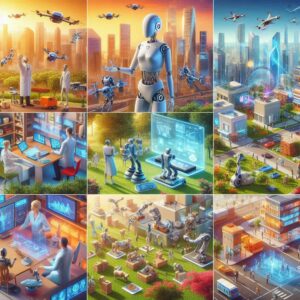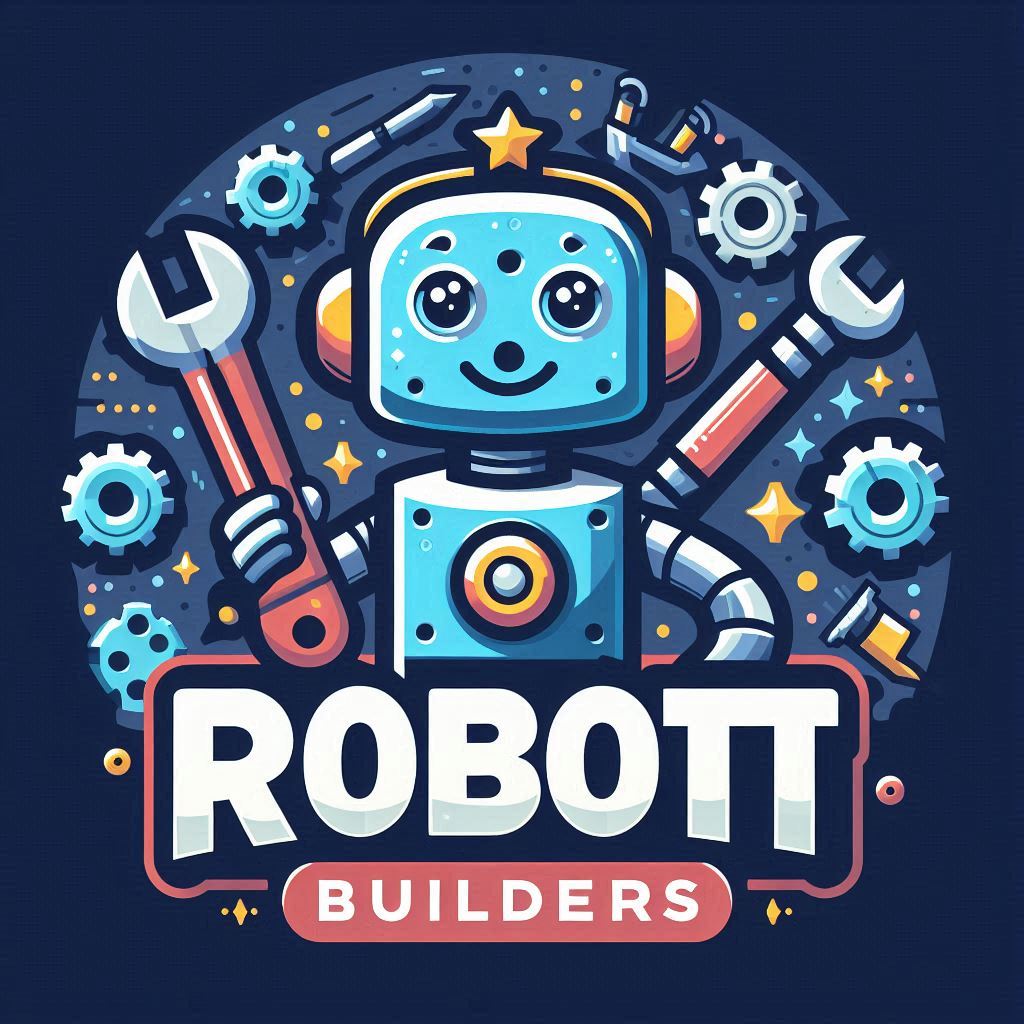Robotics has emerged as a transformative force, revolutionizing industries and reshaping our daily lives. With advancements in artificial intelligence, machine learning, and engineering, robots are becoming more sophisticated and capable, driving innovation across various sectors. In this article, we explore how cutting-edge robotics is changing the world and the impact it has on different industries.

The Evolution of Robotics
1. Manufacturing: Boosting Efficiency and Precision Robots have been a staple in manufacturing for decades, but recent advancements have taken automation to new heights. Collaborative robots, or cobots, work alongside humans to perform tasks with greater precision and efficiency. These robots can handle repetitive tasks, reduce errors, and increase productivity, allowing human workers to focus on more complex and creative responsibilities.
2. Healthcare: Revolutionizing Patient Care In the healthcare sector, robotics is making a significant impact. Surgical robots, such as the da Vinci Surgical System, enable surgeons to perform minimally invasive procedures with enhanced precision and control. Additionally, robotic exoskeletons are helping patients with mobility impairments regain movement and independence. AI-powered robots are also being used for patient monitoring, diagnostics, and even companionship for the elderly.
3. Logistics and Supply Chain: Enhancing Operations Robots are revolutionizing logistics and supply chain management by automating tasks such as picking, packing, and sorting. Autonomous mobile robots (AMRs) navigate warehouses and distribution centers, optimizing operations and reducing labor costs. Companies like Amazon and DHL are leveraging robotics to improve efficiency and speed up delivery times.
4. Agriculture: Automating Farming Practices The agricultural industry is embracing robotics to meet the growing demand for food production. Robots equipped with AI and computer vision can perform tasks such as planting, harvesting, and weeding with high precision. Drones are being used for crop monitoring and pesticide application, reducing the need for manual labor and increasing yield.
5. Service Industry: Enhancing Customer Experience Robots are becoming increasingly prevalent in the service industry, providing personalized and efficient customer experiences. In hotels, robot concierges assist guests with check-ins, room service, and information requests. Restaurants are also adopting robotic waitstaff and kitchen assistants to streamline operations and improve service quality.
The Future of Robotics
1. Autonomous Vehicles: Redefining Transportation Autonomous vehicles, powered by robotics and AI, are set to revolutionize transportation. Self-driving cars, trucks, and drones promise to reduce traffic accidents, lower transportation costs, and enhance mobility for individuals who are unable to drive. Companies like Tesla and Waymo are leading the charge in developing and testing autonomous vehicle technology.
2. Human-Robot Collaboration: Enhancing Workforce Productivity The future of robotics lies in seamless human-robot collaboration. As robots become more intelligent and capable, they will work alongside humans in various industries, complementing human skills and enhancing productivity. This collaboration will lead to new job opportunities and redefine the way we work.
Conclusion: Embracing the Robotic Revolution
Cutting-edge robotics is driving a technological revolution, transforming industries and improving our daily lives. From manufacturing and healthcare to logistics and agriculture, robots are enhancing efficiency, precision, and productivity. As robotics technology continues to advance, the possibilities are endless, and the impact on society will be profound. Embracing the robotic revolution is essential for staying competitive and reaping the benefits of this transformative technology.
